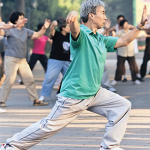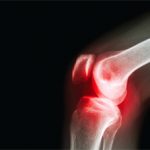Another drawback is that the analysis didn’t explore whether one type of exercise might be better than another for preventing low back pain, said Steven George, a researcher at Duke University in Durham, North Carolina, who wasn’t involved in the study.
“This study also could not separate the physical and mental benefits of exercise,” George said by email. “My guess is that the individual gets the benefit of both with exercise.”
Any exercise people like may help as long as they do it often enough, said Bruno Saragiotto, a public health researcher at the University of Sydney in Australia who wasn’t involved in the review. Ideally, people should get at least 150 minutes a week of moderate-intensity activity, he said by email.
“Fortunately, the type of exercise seems less important,” Saragiotto added.
Many other things people try for back pain – like braces, special mattresses and custom footwear – haven’t been found to help like exercise has, noted Julie Fritz, a researcher at the University of Utah in Salt Lake City who wasn’t involved in the review.
“This current study helps to reinforce and strengthen further our knowledge that exercise is about the only thing that consistently results in reduced risk of developing back pain,” Fritz said by email. “For patients who have had prior episodes of back pain, exercise helps reduce the risk of a new episode.”
Reference
- Shiri R, Coggon D, Falah-Hassani K. Exercise for the Prevention of Low Back Pain: Systematic Review and Meta-Analysis of Controlled Trials. American Journal of Epidemiology. 2017 Oct 19. [Epub ahead of print]


